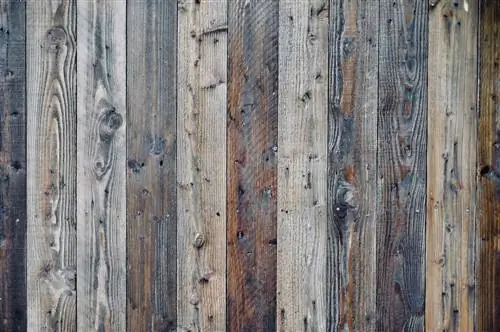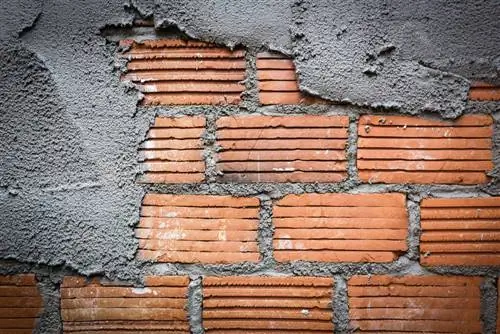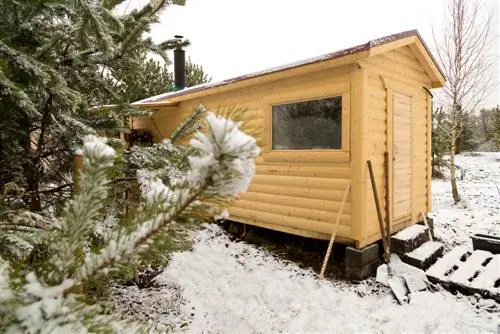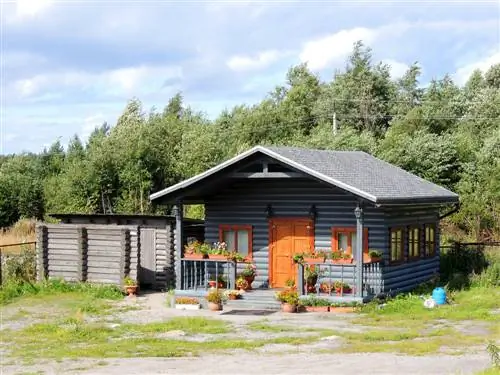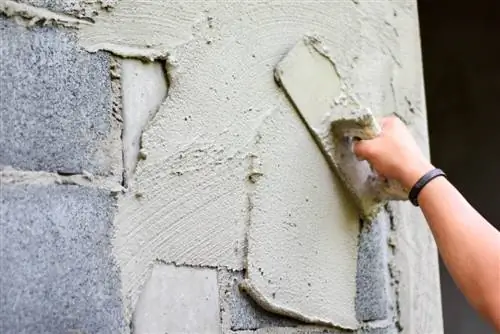- Author admin [email protected].
- Public 2023-12-16 16:46.
- Last modified 2025-01-23 11:21.
Inexpensive OSB boards and wood are ideal as cost-effective building materials for the gazebo. However, these panels are not necessarily visually appealing. As an alternative to covering it with panels or plastic, it is possible to plaster the arbor and thus beautify it.

How can I plaster my garden house made of wood or OSB panels?
In order to plaster a garden house made of wood or OSB panels, special HWL or polystyrene panels should be attached or an acrylic adhesive primer should be applied. Then attach the reinforcing mesh, apply the first layer of plaster, smooth it and let it dry. Then apply the second layer of plaster and, if necessary, a coat of paint.
Tool and material list:
- Grabbing trowel and flat trowel
- Spirit level
- Wooden pole
- Bucket
- Drilling machine with mixing stick
- Water
- Sand
- Cement
- Raw material for the desired plaster
If you are plastering a wooden house, a plaster enriched with synthetic fibers is recommended. This is flexible, which means that when the wood works, the material adapts well. This reduces the risk of cracks forming.
The special features
Since the natural material wood can absorb water, the moisture from the plaster would cause it to swell. If the water evaporates again, the application would crumble. That's why you have to attach special HWL or polystyrene panels before plastering.
Alternatively, you can use an acrylic primer (€10.00 on Amazon). In order to provide sufficient protection against moisture penetration, this must be applied completely covering and without gaps.
Further preparation
A reinforcing fabric is then applied to this surface. It serves as an adhesion promoter and ensures that the plaster mortar does not flake off. The mats are attached to the polystyrene panels or the adhesive base using commercially available tile adhesive.
Now it's time to plaster
Proceed as follows:
- Pre-treat the grid with a spray of cement milk (a relatively liquid mixture of cement and water).
- Then apply the first layer of plaster.
- Spread with the pole.
- Fill and smooth hollow areas if necessary.
- Check the evenness with a spirit level. This allows you to correct a wavy or unevenly thick application.
- Let the plaster dry thoroughly and
- Now apply a second layer of plaster.
Finally, you can optionally give the plastered wall a coat of paint.
Tip
Seams and edges are weak points on wood and OSB panels where water can easily penetrate. Self-adhesive joint tapes are ideal for additional sealing.

